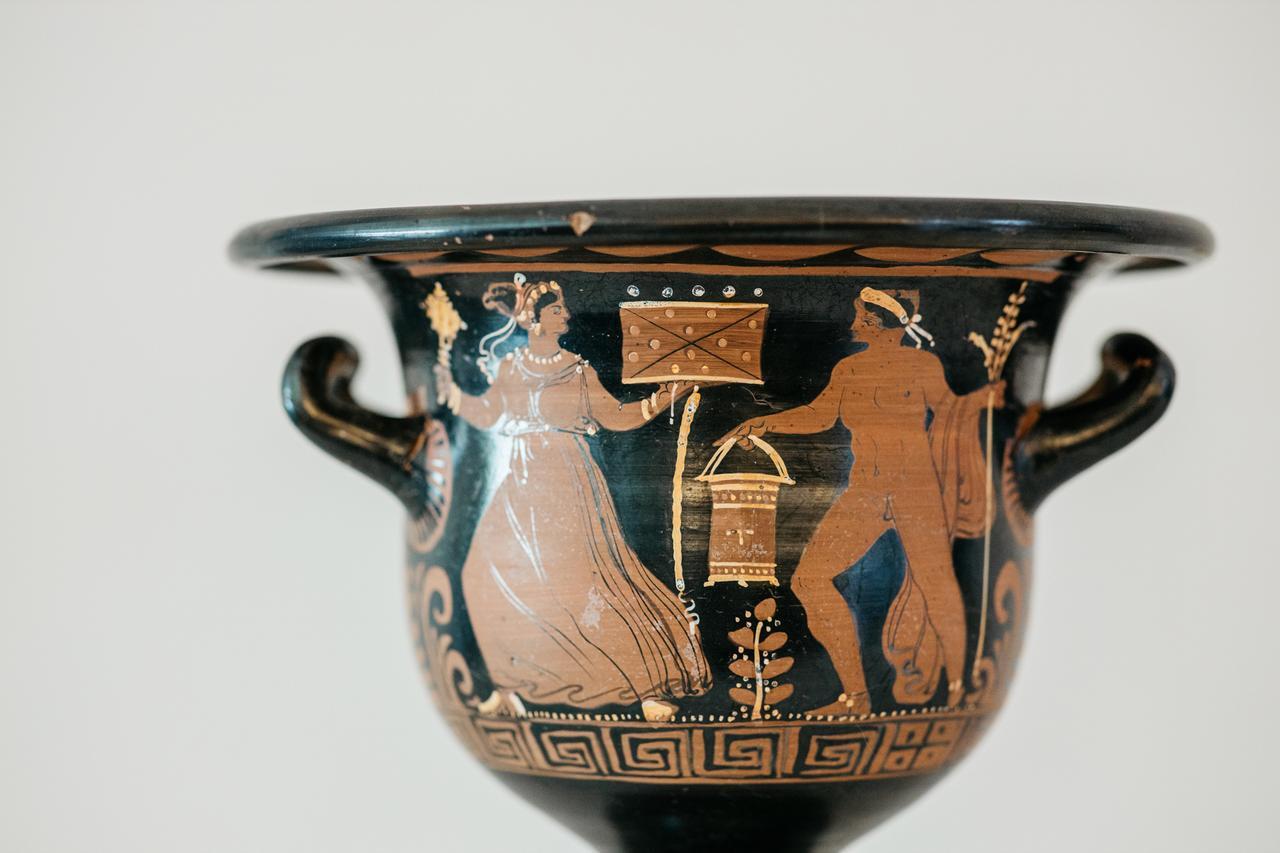No. 95720176

Neolithic Flint Polished neolithic axe (without reserve price) (No Reserve Price)
No. 95720176

Neolithic Flint Polished neolithic axe (without reserve price) (No Reserve Price)
Superb Polished Neolithic Axe.
Very beautiful shape and magnificent glazed polish.
Length: 11.5 x 4 cm
Condition: as shown in the photos
No reserve price
For most people, the Neolithic is the Age of polished stone. This definition was given by the prehistorian John Lubbock in 1865, in opposition to the Paleolithic "Age of chipped stone." Historians see this period as the time when the nomadic hunter-gatherer human became a farmer and settled. Previously, humans obtained from their environment according to their needs (gathering, hunting, fishing...). During the Neolithic, humans do not just gather from nature; they transform it, and to do so, they need increasingly specialized tools.
New needs are at the origin of the development of different tools.
Axes allow for clearing the forest and creating cultivable surfaces, clearings. They also enable felling trees and cutting wood in order to build houses.
To polish a chipped stone, the Neolithic people rubbed it against a rocky block to remove rough edges. This back-and-forth movement had to be performed on a polisher for a long time, even several days.
Acquired from a private collector, Mrs. EC, an old collection from her husband, Mr. JC, a private collector, in full compliance with the rules in force. This collection was built up through various purchases, notably at auction, between the 1940s and 1950s.
You might also like
-
-
-
-
-
-
-
-
-
-
This object was featured in
How to buy on Catawiki
1. Discover something special
2. Place the top bid
3. Make a secure payment

